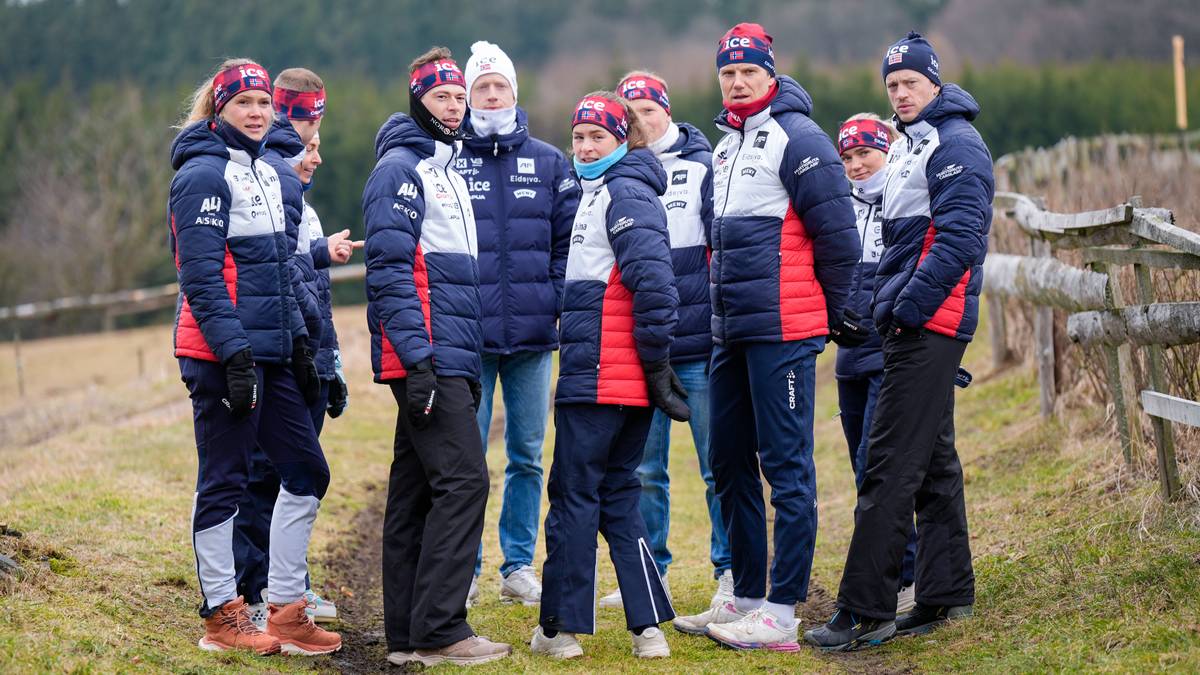Biathlon Introduces New Starting Format to Boost Excitement
Originally published in SVT on September 25, 2024
Javascript must be enabled to play video.
Watch SVT's analysis of the new format and hear Björn Ferry's take on the criticism. Photo: SVT/TT
Updated: Today at 17:36
Published: Today at 17:10
In response to feedback from competitors, the International Biathlon Union (IBU) has decided to overhaul the starting order for distance and sprint races in the World Cup.
This change aims to heighten excitement for viewers by preventing early starters from determining the race outcome before all competitors have finished. It was first reported by NRK that this proposal was in development over the summer.
Now, instead of the top athletes beginning the race early, they will start in the second-to-last group. This adjustment is designed to keep viewers engaged until the very end of the competition.
Björn Ferry's Support
"I believe this is a positive change. It will make the races more thrilling and prolong the duration of the competitions," commented Björn Ferry, an expert in biathlon at SVT.
Athlete Criticism
However, not all responses have been positive. Some athletes have raised concerns that starting later could disadvantage top competitors, as race conditions tend to be more favorable at the beginning.
Hanna Öberg expressed her reservations, saying, "If the best in the World Cup have to start later, they might find themselves at a disadvantage compared to those ranked lower, given how the races are set up and the prevailing conditions," she told Expressen earlier this fall.
Björn Ferry is sympathetic to these concerns and shares his views in the player above.
IBU's Justification
The IBU defends the new format, stating that it will lead to more exhilarating races and enhance the experience for TV viewers.
Comparing with Alpine Skiing
Norwegian athlete Vetle Sjåstad Christiansen challenges the IBU's logic, suggesting they should consider a starting procedure akin to alpine skiing.
"In alpine events, broadcasting ends after the first 30 competitors. We are aware that there are 30-50 strong athletes at the start, and surprises can still occur. This way, we could accept reading news later that an unexpected athlete won or placed on the podium," he remarked to NRK.
IBU President Olle Dahlin expressed satisfaction with the recent decision.
"It’s been a lengthy process, but we are confident this will yield positive results. With a team of highly skilled snow specialists at all competitions, we can make adjustments within a few hours before the start if conditions are less than ideal," Dahlin told SVT Sports.
New Starting Order for Sprint and Distance Events:
- Starting Group 1: Unseeded athletes, with each country allowed to include one preferred unseeded athlete. Start positions range from 1-15.
- Starting Group 2: Positions 16-30 in the World Cup drawn alongside unseeded athletes. Start positions span from 16-45.
- Starting Group 3: Top 15 in the World Cup combined with unseeded athletes. Start positions are from 46-75.
- Starting Group 4: High-ranking athletes outside the top 30 in the World Cup (for instance, top participants from the IBU Cup). Start positions begin at 76 and onward.
In cases of adverse weather, the competition jury retains the authority to modify the starting order and move seeded athletes up to three hours prior to the competition.
See Also
Biathlon's New Starting Rules Spark Controversy
September 26, 2024 / Sport1

Biathletes Express Concerns Over IBU's Revised Start Order
August 29, 2024 / NRK Sport
Exciting Changes for Top Biathletes Amid Controversy
September 25, 2024 / Sport1
Biathlon's Controversial Rule Changes Spark Debate
September 04, 2024 / Sport1
IBU Implements New Seeding Protocol for Biathlon World Cup
September 25, 2024 / Eurosport
Biathlon Controversy: Federation President Voices Outrage Over New Rule
October 06, 2024 / Sport1